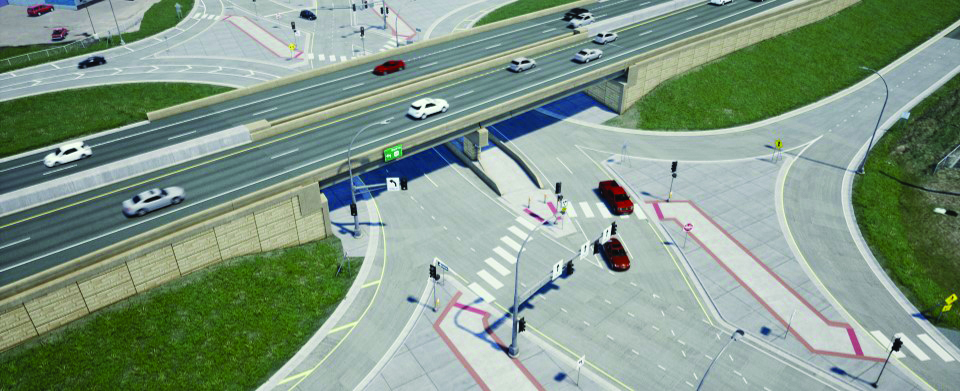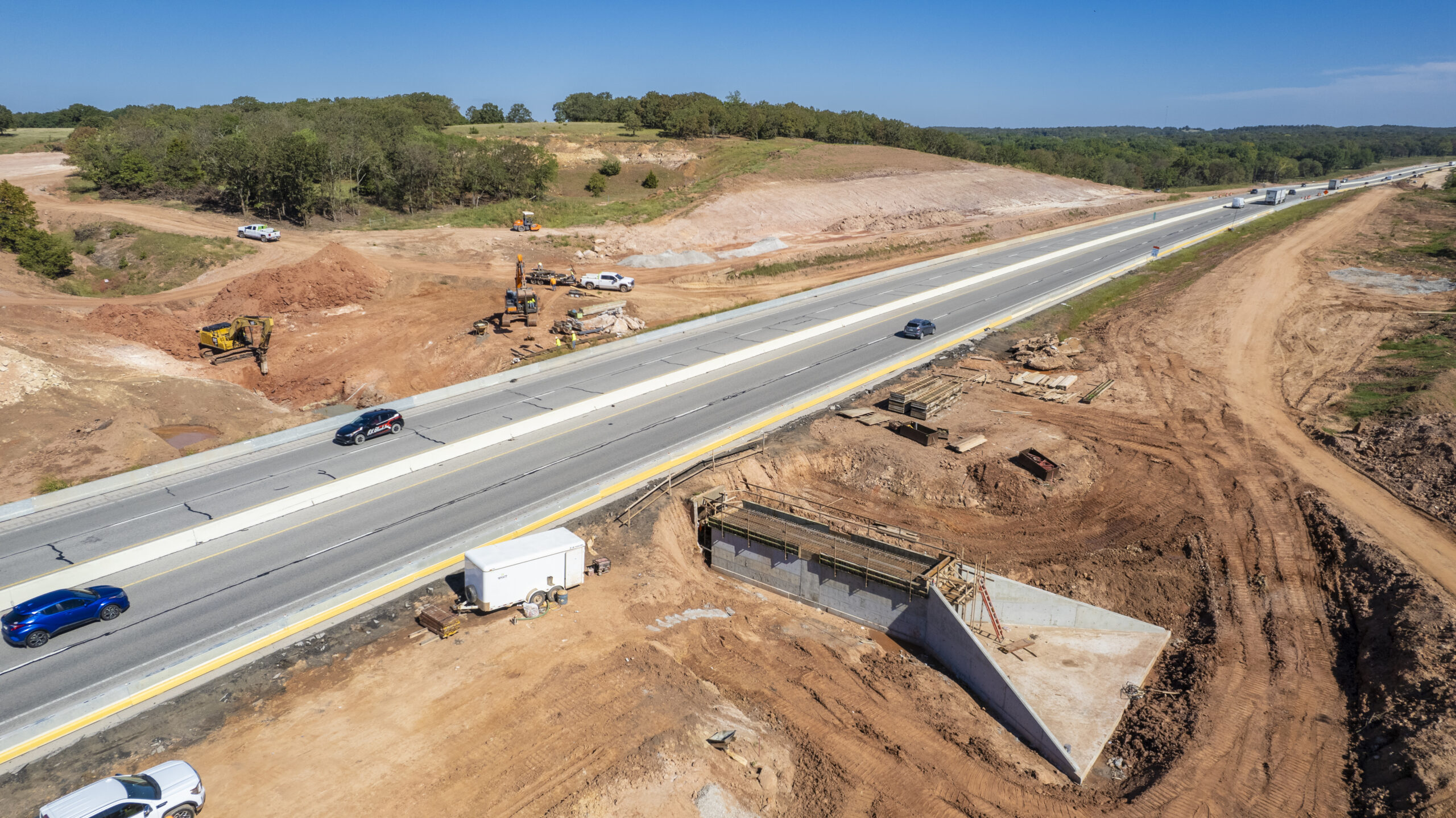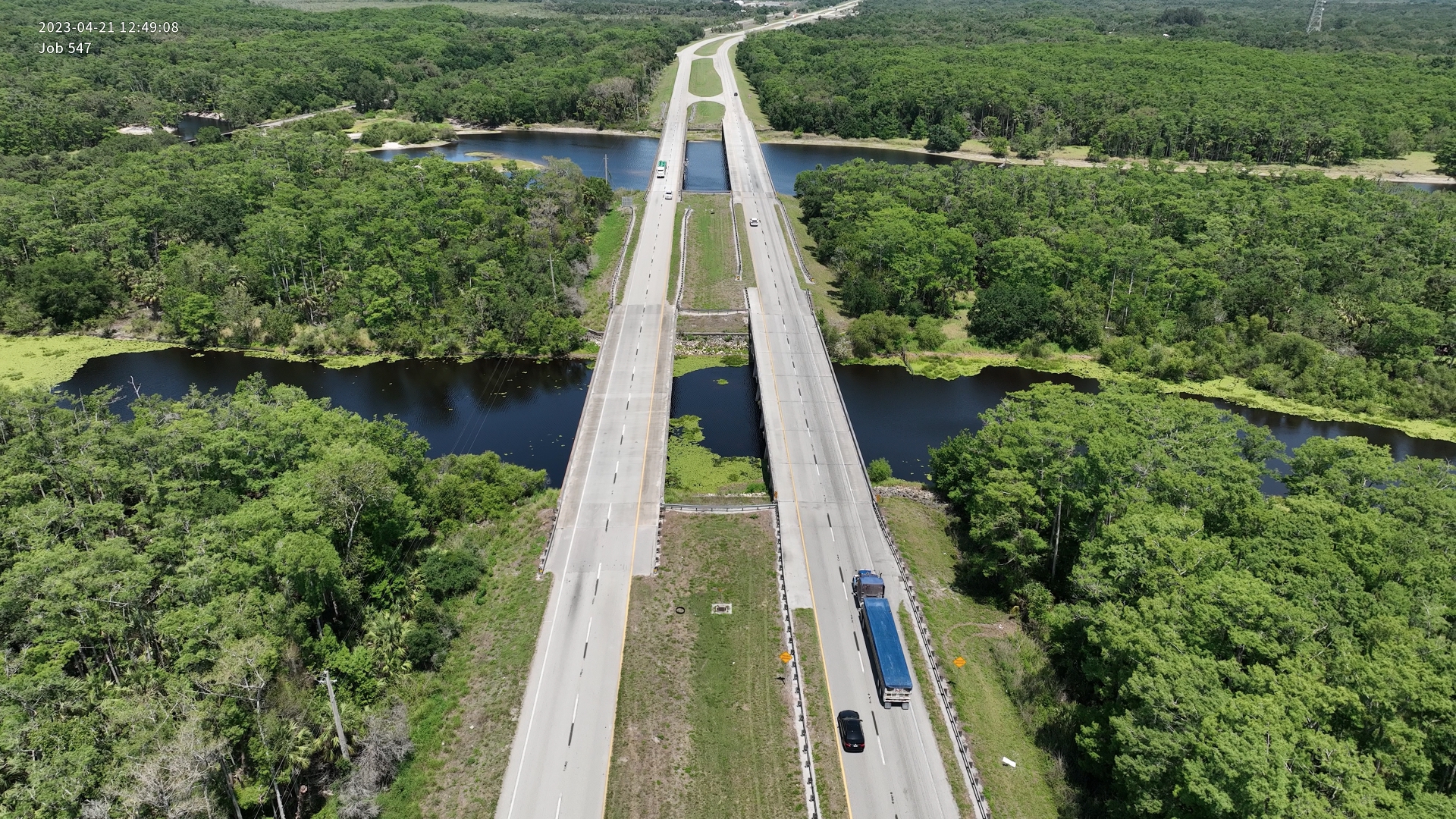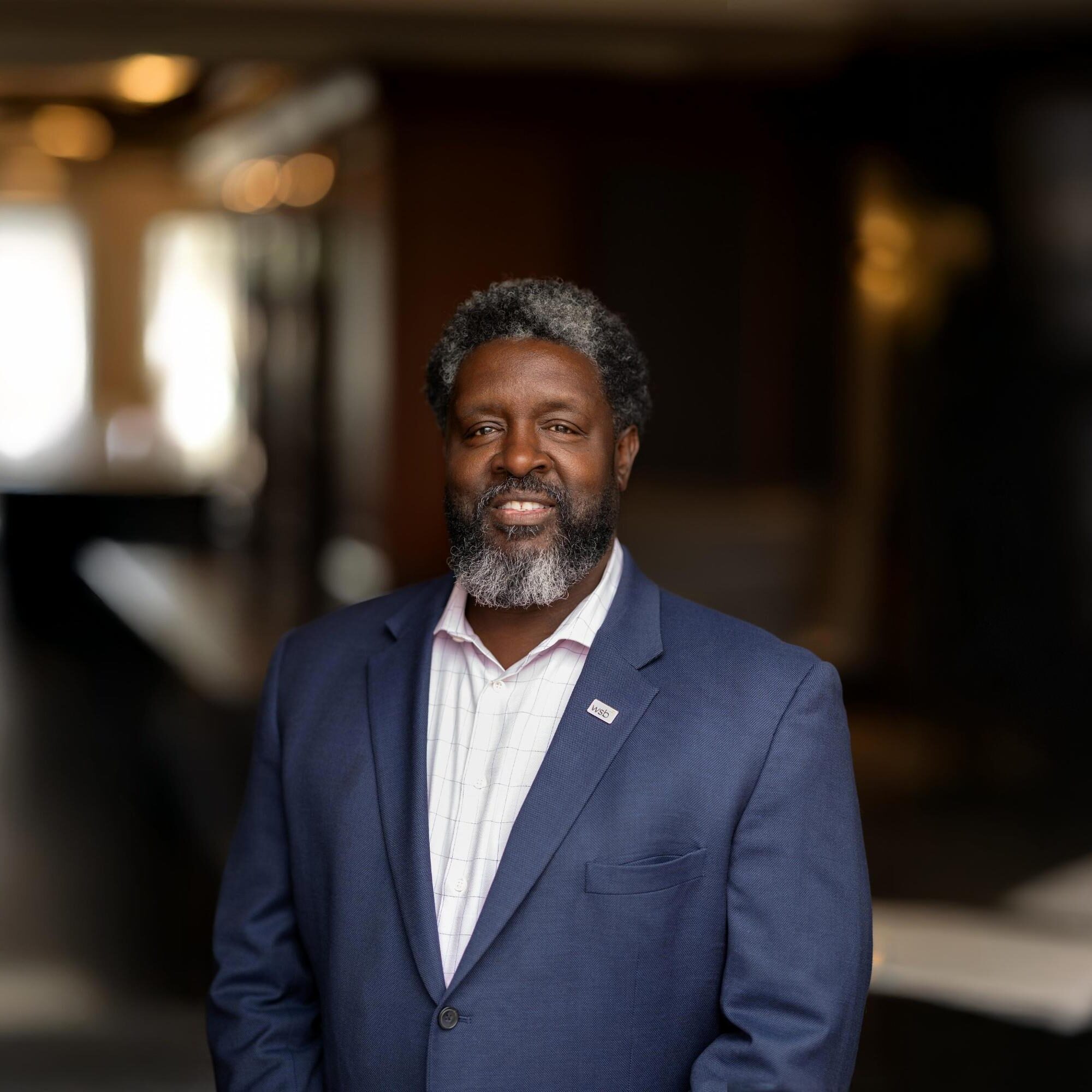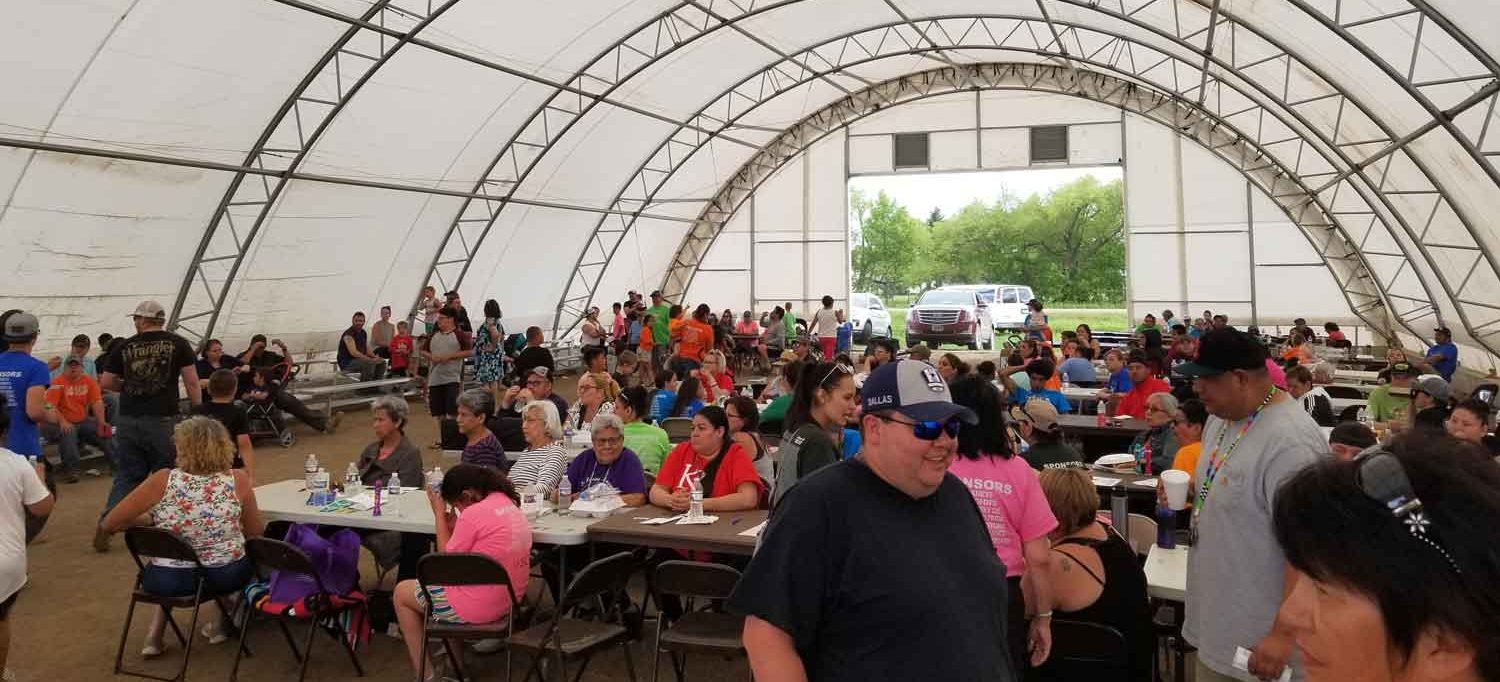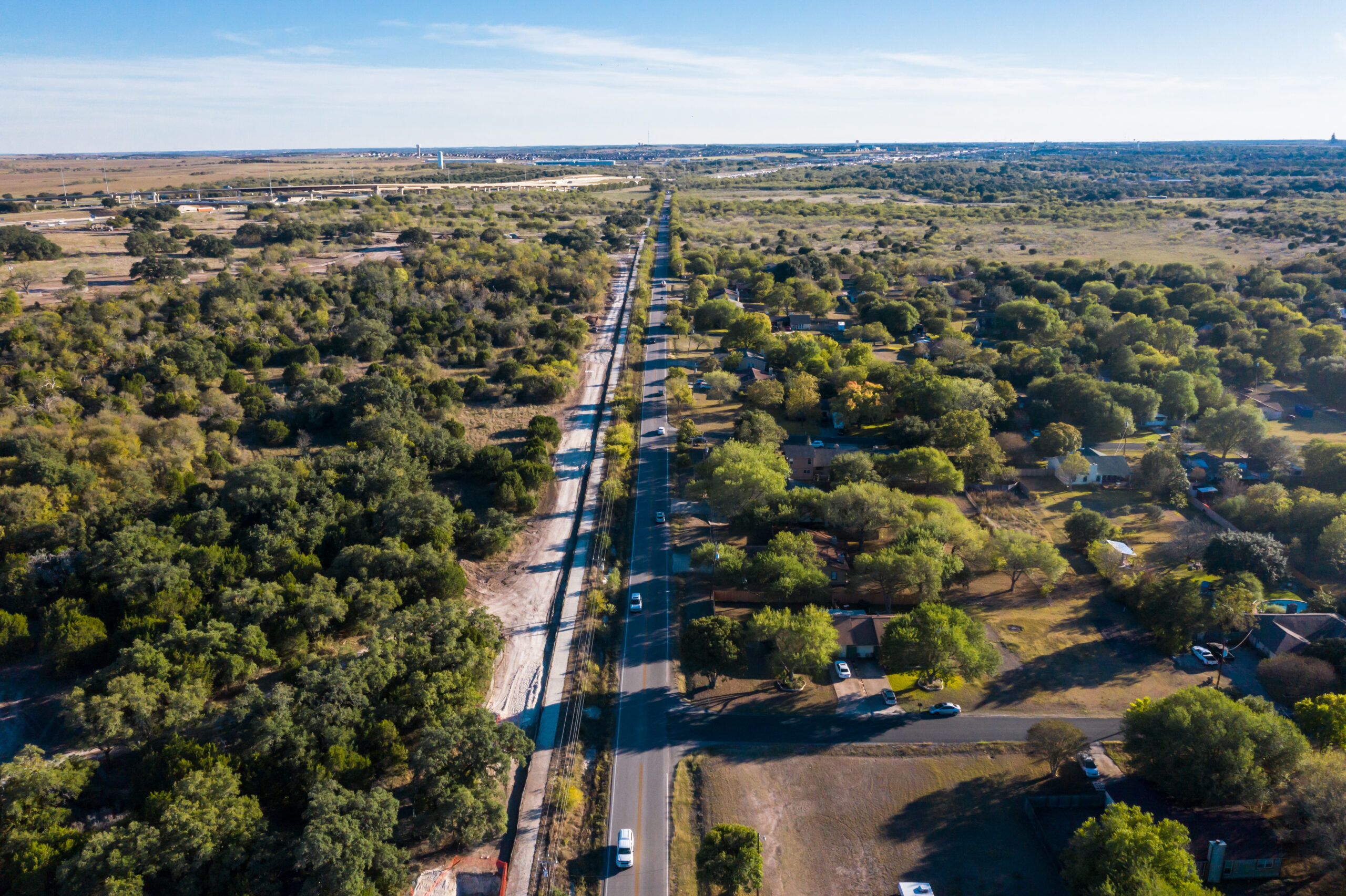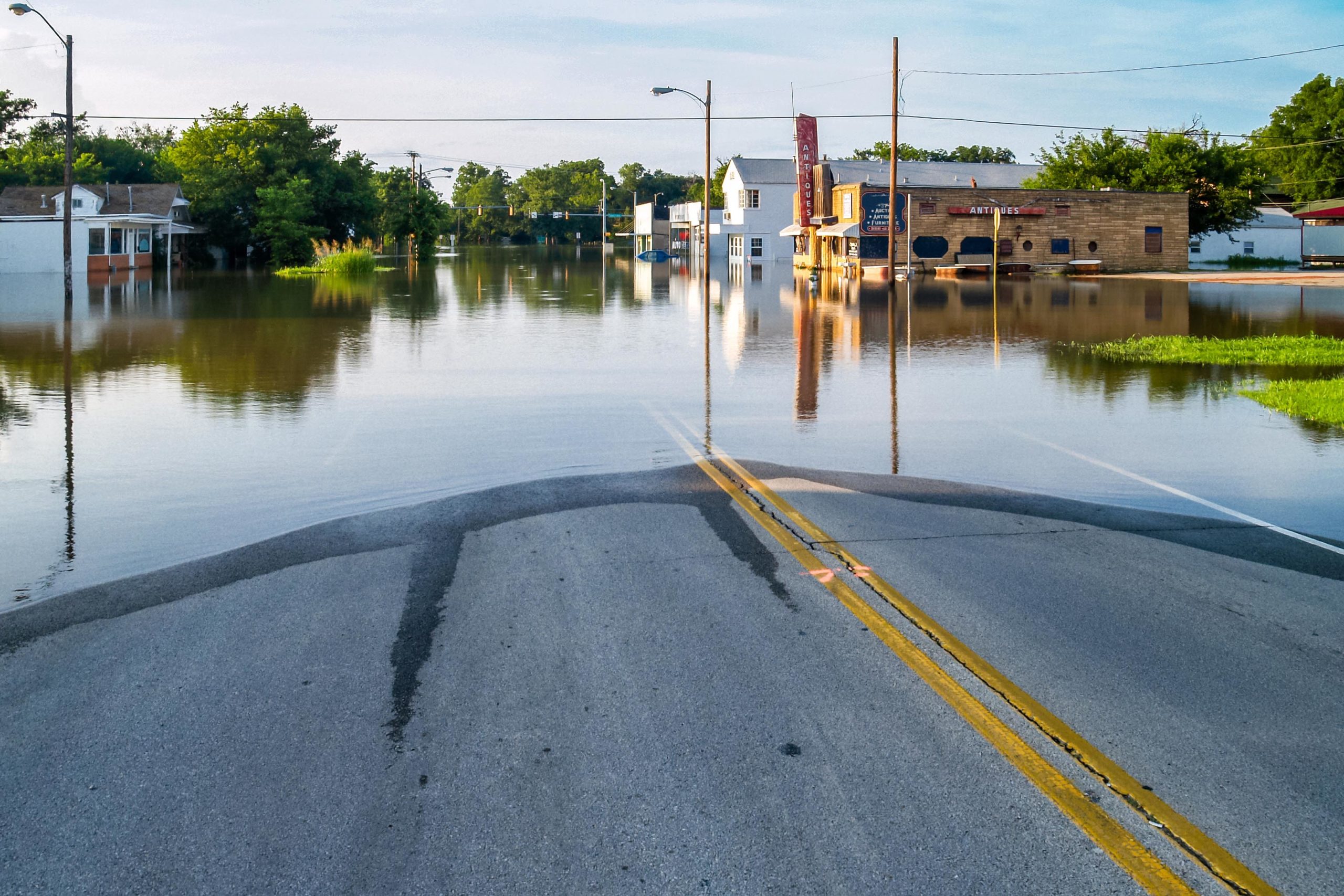
Leading the Charge for Sustainable Construction: Minnesota’s Buy Clean Initiative
April 21, 2025
By Nicole Muske, Senior Graduate Engineer, WSB
Earth month is an opportune time to highlight the strides being made in sustainability, particularly through initiatives like the Buy Clean Buy Fair Minnesota Act, passed in 2023. This act highlights Minnesota’s efforts and commitment to responsible environmental practices.
Understanding Buy Clean
The initiative is an industry and government-focused step on carbon emissions associated with construction materials on state-funded projects. Minnesota’s Department of Transportation (MnDOT) is a key stakeholder with the Buy Clean initiative, due to the state’s commitment to lower carbon materials and responsible procurement practices. This initiative is part of a larger goal to decrease the carbon footprint of construction projects throughout the state. By laying the groundwork for the use of lower embodied carbon products, states like Minnesota are providing examples for how other states can explore these types of approaches to resilient infrastructure.
Broader Adoption and Innovation
Currently, 20 states have implemented their own Buy Clean programs. This highlights the need for broader adoption across the nation. By pushing for initiatives that prioritize sustainable materials, we can pave the way for a more resilient future.
Additionally, the initiative encourages research into products that offer lower emissions and embodied carbon, without compromising on quality, resilience, or durability. This involves thorough testing and evaluation to ensure that materials meet high standards while contributing to a reduction in carbon emissions.
WSB has relevant experience with helping clients analyze and adopt the use of lower embodied carbon materials in infrastructure, such as through pavements utilized in the Heights, a master development project developed by the St. Paul Port Authority. At the state level, we are coordinating a DOT project in Oklahoma on Balance Mix Design.
These and other real-life examples were discussed at a transportation materials conference that WSB recently co-sponsored. By discussing cutting edge ideas with key stakeholders through these efforts, we work with other thought leaders to advance cost-effective solutions.
Environmental Product Declarations (EPD)
A crucial aspect of the Buy Clean initiative is the focus on Environmental Product Declarations (EPD). By obtaining more EPDs, stakeholders can better understand the origin and composition of materials, allowing for informed decisions that prioritize sustainability. The initiative promotes sourcing and availability within a certain radius, ensuring that concrete and asphalt used in projects are both locally sourced and environmentally responsible.
With Earth Month here, it is essential to recognize and celebrate these efforts. The Buy Clean initiative exemplifies how state-level actions can lead to significant environmental benefits, and how collective efforts can drive change. By supporting the implementation of such programs, we are not only contributing to a cleaner and more sustainable planet but also setting a standard for future generations.
How WSB Can Help
The WSB team includes subject matter experts in materials, transportation planning and design, sustainability, resiliency, and beyond, who support communities in exploring and integrating sustainable pavements and other materials into their operational and infrastructure plans. We offer comprehensive services including project assessment, strategy development, and implementation guidance to help municipalities and states align infrastructure projects with community goals. Our expertise results in efficient, resilient, sustainable, and strategic outcomes.
Nicole is a Senior Graduate Engineer in WSB’s Construction and Design-Build Division with extensive experience in contract administration, construction inspection, and material testing on large transportation projects. She has served as a Lead Inspector overseeing concrete bridge construction, bridge rehabilitation, and roadway paving. Nicole developed an app-based spreadsheet for the I-494 and TH52 Design-Build projects to track material testing and summarize results. She excels in coordinating with contractors and stakeholders to maintain project schedules and resolve issues effectively.
[email protected] | 612.210.5676

